UK Skyrmion Project Team
Meet the Team
In order to better understand the science behind skyrmions we have built a multidisciplinary team with a variety of expertise, based at the Universities of Cambridge, Durham, Oxford, Southampton and Warwick.
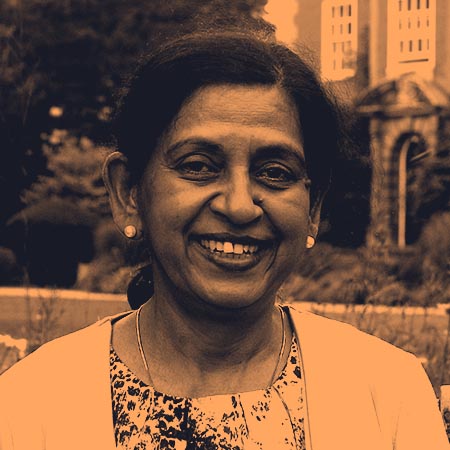
Professor Geetha Balakrishnan : Co-Investigator and Lead on Research Challenge 1
UNIVERSITY OF WARWICK
Geetha Balakrishnan is Professor of Physics in the Physics Department at the University of Warwick and is one of the founding members of the Superconductivity and Magnetism Group at Warwick.
She has assembled a state-of-the-art suite of sample preparation/crystal growth facilities and is a world leader in the growth of single crystals of a wide range of materials including oxides, borides, intermetallics, and chalcogenides.
At Warwick, the crystal growth is carried out by a range of techniques with a large effort on the crystal growth by the floating zone technique using optical furnaces.
Geetha is a Fellow of the Institute of Physics and has published over 370 papers (h = 43).
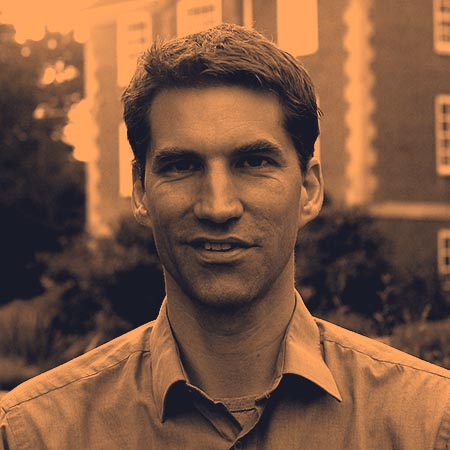
Professor Hans Fangohr: Co-Investigator
UNIVERSITY OF SOUTHAMPTON
Hans Fangohr is Professor of Computational Modelling at the University of Southampton. He is using computer simulations to advance science and engineering, with particular focus on solid state systems, and is researching software development methodology for research. In the area of magnetism, he has created the open source micromagnetic simulation environment Nmag and other tools that are used in academia and industry, and is currently developing a Python interface and Jupyter simulation environment to drive the Object Oriented MicroMagnetic Framework (OOMMF). His core interest are the creation and support of computational tools to enable and accelerate progress in experimental and theoretical science. He is Director of the EPSRC Centre for Doctoral Training in Next Generation Computational Modeling, and chairs the UK’s national Scientific Advisory Board on High Performance Computing.
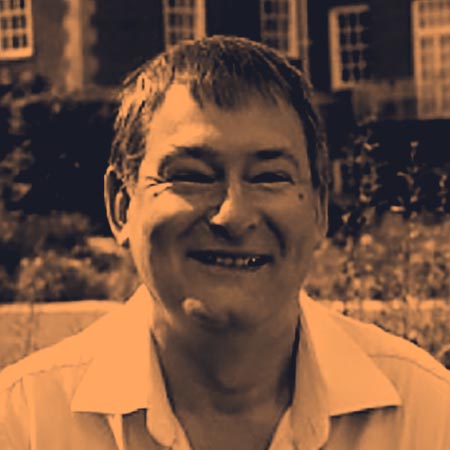
Professor Peter Hatton: Principal Investigator (2016 to 2021)
DURHAM UNIVERSITY
Peter Hatton is a Professor of Physics at Durham University and Director of the Durham X-ray Centre. He is an expert in developing synchrotron x-ray techniques to study magnetism and electronic structure. He developed the technique of resonant soft x-ray magnetic scattering and designed and constructed the RASOR diffractometer based at I10 Diamond Light Source.
A previous Chair of the Physical Sciences beam review panel at Diamond and the ESRF Review Committee on magnetism, he is Chair of the Project Management Committee for the EPSRC mid-range facility on X-ray Scattering and Magnetism.
He has published over 230 papers (h = 29).
Peter was Director of the UK Skyrmion Project from 2016 to 2021.
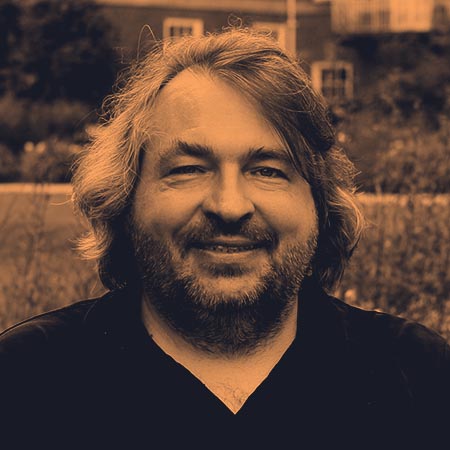
Professor Thorsten Hesjedal: Co-Investigator and Lead on Research Challenge 3
UNIVERSITY OF OXFORD
Thorsten Hesjedal is Professor of Condensed Matter Physics at Oxford University, and cross-appointed to Diamond Light Source and the ISIS Muon and Neutron Source in Harwell, Oxfordshire.
His focus is on thin film quantum materials, grown by molecular beam epitaxy and sputtering.
He has published more than 240 papers (h = 37) and is a Fellow of the Institute of Physics.
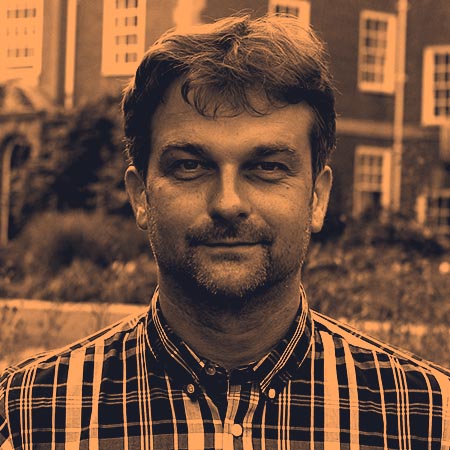
Dr Ondrej Hovorka: Co-Investigator
UNIVERSITY OF SOUTHAMPTON
Ondrej Hovorka is an Associate Professor in the Computational Modelling and Design group in the Faculty of Engineering and Physical Sciences. His research interests are in developing nanoscale autonomous systems for applications in medicine, in data science and machine learning, and in computational magnetism.
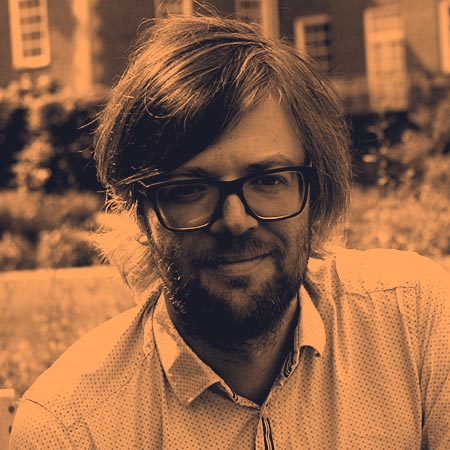
Professor Tom Lancaster: Principal Investigator (2021 to date) and Lead on Research Challenge 2
DURHAM UNIVERSITY
Tom Lancaster is Professor in Physics at Durham University and has been UK Skyrmion Project director since 2021. He completed an EPSRC career acceleration fellowship (2008-2014) with additional support from the New Directions for EPSRC research leaders initiative and is currently Co-I on the £2.3M John Templeton Foundation funded Durham Emergence project.
Tom has held two visiting Professorships and is President of the International Society for Muon Spectroscopy.
He has published over 180 papers (h = 23) in the fields of magnetism and superconductivity and is a co-author of the two textbooks - Muon Spectroscopy: an Introduction and Quantum field theory for the gifted amateur.
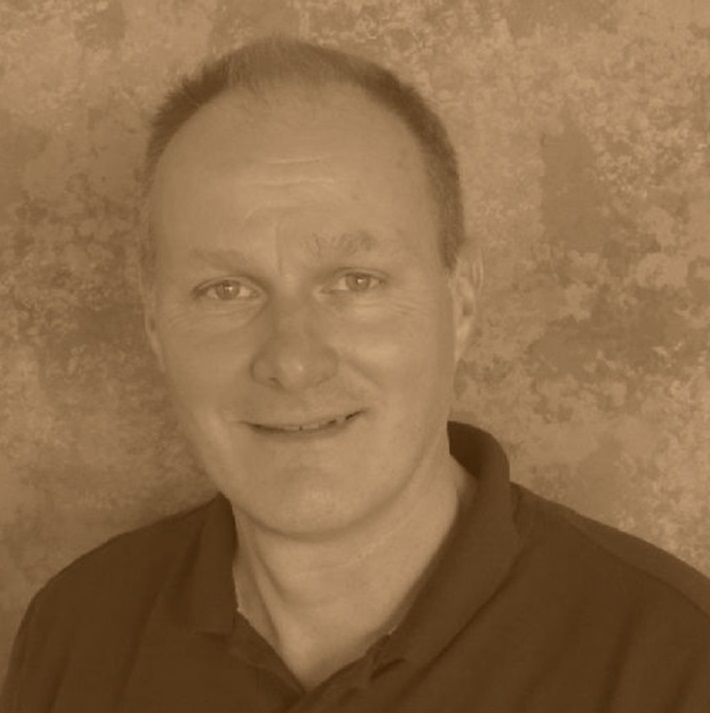
Professor Martin Lees: Co-Investigator
UNIVERSITY OF WARWICK
Martin Lees is Professor of Physics in the Physics Department at the University of Warwick.
He is an expert in materials characterization, including low-temperature magnetic, transport, and heat capacity measurements.
He has published 290 papers (h = 44).
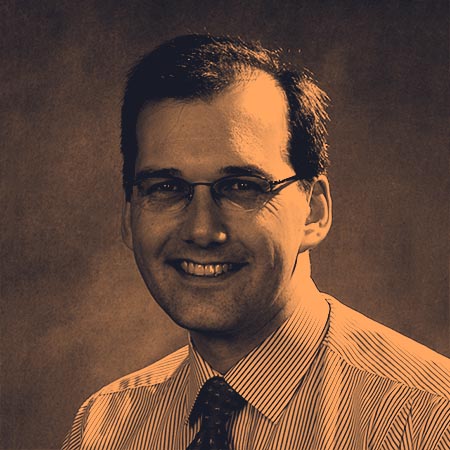
Professor Paul Midgley: Co-Investigator
UNIVERSITY OF CAMBRIDGE
Paul Midgley is Professor of Materials Science and Director of the Electron Microscopy Facility at Cambridge University.
He is a Fellow of the Royal Society and currently an ERC Advanced Investigator working on 3D imaging across length scales.
He has studied a wide variety of materials by electron microscopy and developed a number of novel electron microscopy techniques.
Paul has published more than 460 papers (h = 70).
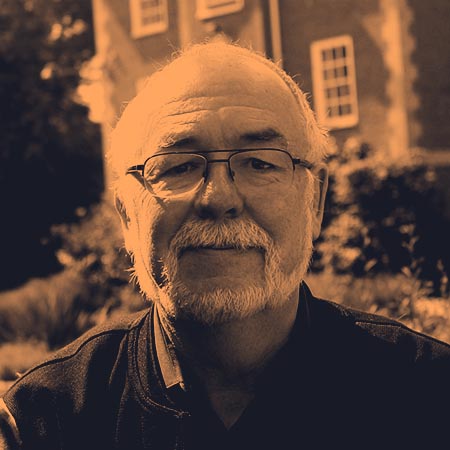
Professor Don Paul: Co-Investigator
UNIVERSITY OF WARWICK, 1984-2019
Don Paul was Professor of Physics at the University of Warwick where he founded the Superconductivity and Magnetism Group. He was an expert in neutron scattering and in particular using neutron scattering to probe the intrinsic spatial and temporal correlations in electron systems. Related areas of interest included single crystal growth and low temperature measurements of magnetic and transport properties.
During his career Don published over 300 papers (h = 48). Don was awarded the Mott Prize for Condensed Matter Physics.
Don joined the Skyrmion Project at its inception. Sadly Don passed away in September 2019. Don was a unique and multi-talented scientist, who was great fun to work with. At the height of his career he was one of the UK’s finest experimental condensed matter physicists. He is fondly remembered and sorely missed, not just by us all working on the Skyrmion Project, but by the wider scientific community.
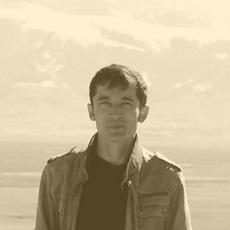
Dr Barat Achinuq - Research Fellow
UNIVERSITY OF OXFORD
Dr Barat Achinuq joined the Skyrmion Project in June 2019, after having spent 5 years as a PDRA at the University of York working on the growth and characterization of half-metallic thin films and device structures for spintronic applications. He graduate with a Dr Ing degree in Materials Science from the University of Ulm.
At Oxford, he is working in the Hesjedal Group on magnetic skyrmions in thin films. His focus areas are thin film deposition, electron microscopy, electron/x-ray spectroscopy and diffraction pattern analysis; designing, maintaining UHV growth/deposition systems and instrument development.
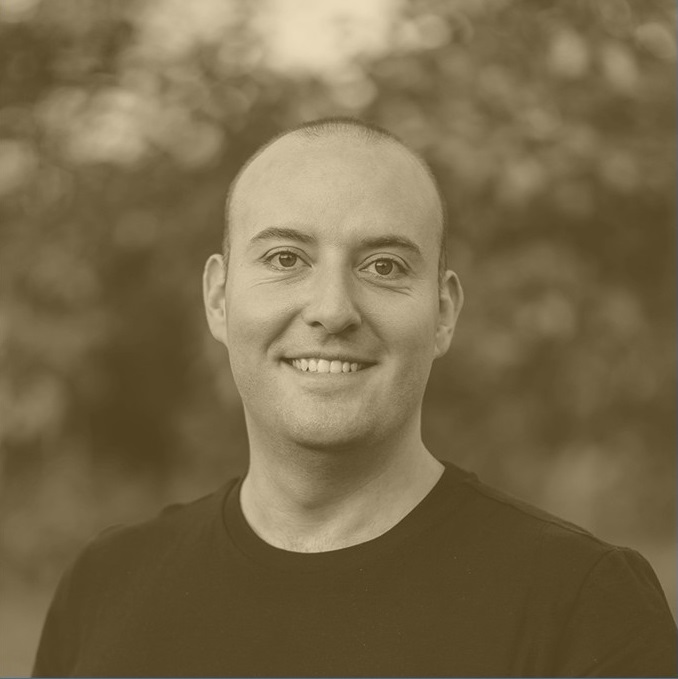
Dr Marijan Beg - Research Fellow
UNIVERSITY OF SOUTHAMPTON
Dr Marijan Beg joined the Skyrmion Project in October 2019 as a Senior Research Fellow at the University of Southampton. He worked with Hans Fangohr and Ondrej Hovorka on developing micromagnetic simulation tools and simulating the static and dynamic properties of magnetic skyrmions and Bloch points.
Marijan worked on developing Ubermag – a Python interface for ObjectOriented MicroMagnetic Framework (OOMMF) and mumax3, integrated into Jupyter notebook. In addition, using simulations, Marijan supported experimentalists and theoreticians working on the Skyrmion Project.
In May 2021, Marijan Beg took up a position at Imperial College London.
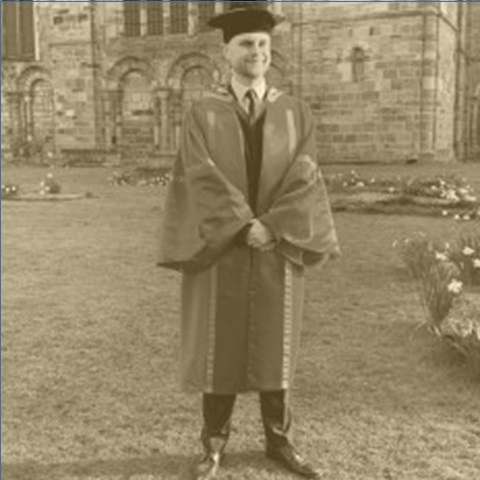
Dr Max Birch - PhD student
UNIVERSITY OF DURHAM
Max Birch joined the Skyrmion Project in 2016 as a PhD student in the Centre for Materials Physics at Durham University, working under the supervision of Professor Peter Hatton.
During his PhD, Max used a range of experimental techniques including ac and dc magnetometry, resonant elastic x-ray scattering, resonant magnetic x-ray imaging, and x-ray holography to study magnetic objects such as skyrmions and magnetic bubbles in various materials including Cu2OSeO3, MnNiGa, and Fe3GeTe2. His work has led to publications with collaborators in and beyond the Skyrmion Project.
After graduation Max has worked as a post doc, first at the Max Planck Institute for Intelligent Systems and more recently at the RIKEN Center for Emergent Matter Science (CEMS).
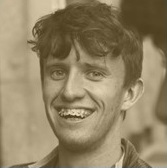
Jack Bollard - PhD student
UNIVERSITY OF OXFORD
Jack is a recent addition to the Skyrmion project team and has joined in 2021 as a DPhil student. He works under the supervision Professor Thorsten Hesjedal and Professor Gerrit van der Laan on developing Reflectivity Ferromagnetic Resonance (RFMR) to study topological magnetism. He uses a unique Portable Octupole Magnetic System and thin film growth chambers to prepare and characterise magnetic heterostructures. RFMR is a novel technique to probe the depth dependent dynamics of magnetic thin films, with a wide range of applications across the field of spintronics. He has worked closely with Dr Richard Brearton on studying skyrmion lattices using REXS at Diamond Light Source.
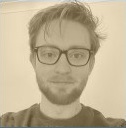
Dr Richard Brearton - PhD student
UNIVERSITY OF OXFORD
Richard joined the Skyrmion Project in Oxford in 2017 as a shared facility student with Diamond Light Source. He received his MPhys in Physics from the University of Oxford in 2017, and graduated with a DPhil in 2021. His thesis received a commendation for excellence from the head of the MPLS division. He is now a data analysis scientist at Diamond Light Source.
His main research interests are in micromagnetics, magnetic skyrmions and scattering techniques. He is particularly interested in the structure, dynamics and interactions between topologically distinct magnetic states.
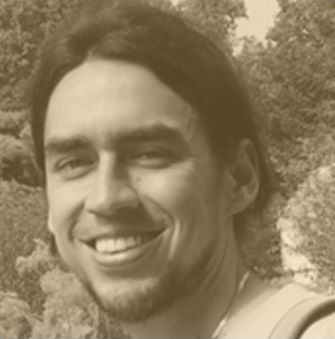
Dr David Cortés Ortuño - Research Fellow
UNIVERSITY OF SOUTHAMPTON
Dr David Cortés Ortuño joined the Skyrmion Project in 2017 after completing his PhD in Complex Systems Simulations at the University of Southampton.
David worked under the supervision of Prof. Hans Fangohr and Dr Ondrej Hovorka and focused on the theoretical description and computational modelling of topological magnetic structures using both micromagnetics and discrete spin models. David's contributions with the team of the Skyrmion Project include a publication on the verification of simulation results of non-centrosymmetric magnetic materials by a set of standard problems; the verification of so called bi-skyrmions in centrosymmetric materials; and simulations of the structure and thermal stability of three dimensional skyrmions in a FeGe lamella. Furthermore, he collaborated with international groups from Chile in the study of magnonics, and from Germany for the study of skyrmions in confined nanostructures.
David left the project in 2019 to start a Postdoctoral position at Utrecht University in The Netherlands. David is currently working on the novel technique of Micromagnetic Tomography (https://mimatom.org/) to study the magnetisation of magnetic grains in rock samples for the analysis of the magnetic field of the Earth.
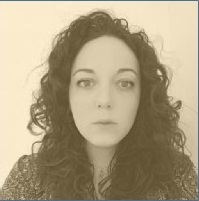
Dr Marta Crisanti - PhD student
UNIVERSITY OF WARWICK
Dr Marta Crisanti Joined the Skymion Project in 2016.
Her PhD involved a Warwick/ILL project studying the experimental properties of Skyrmions using neutron scattering and muon spectroscopy techniques, under the joint supervision of Professor Don Paul (Warwick) and Dr Robert Cubitt (ILL).
Marta was based at ILL in the Large Structures Group.
Marta is currently a post doc working at TU - Delft.
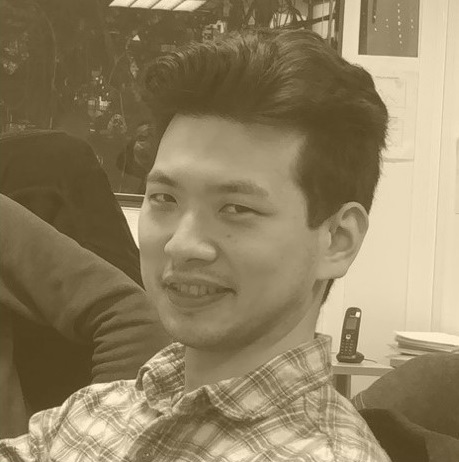
Ryuji Fujita - PhD student
UNIVERSITY OF OXFORD
Ryuji has joined the Skyrmion Project in 2020 when his work on two-dimensional magnetic materials showed signs of skyrmion textures. His focus in the Hesjedal Group in Oxford is the challenging preparation and exploration of ultrathin, air-sensitive 2D materials with synchrotron-based microscopy and spectroscopy techniques. His recent (July 2022) work on the magnetic domain structure in Fe5GeTe2 has been published in ACS Nano.
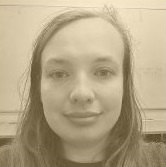
Dr Amelia Hall - PhD student
UNIVERSITY OF WARWICK
Amelia Hall joined the Skyrmion Project in 2018 as a PhD student with the Superconductivity and Magnetism group at the University of Warwick working under the supervision of Professor Geetha Balakrishnan.
Her PhD involved the synthesis and detailed investigation of several chiral magnetic systems, including several members of the transition metal dichalcogenide family of materials, using neutron and x-ray diffraction techniques, as well dc and ac susceptibility measurements.
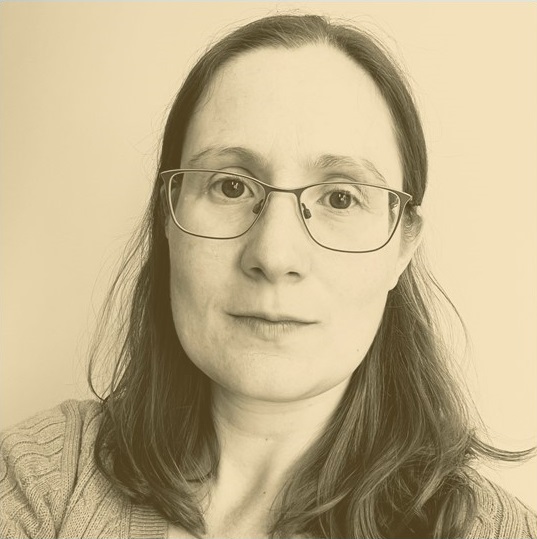
Dr Alison Harrison - Research Fellow
UNIVERSITY OF CAMBRIDGE
Dr Alison Harrison joined the Skyrmion Project in April 2017 as a post-doctoral researcher after an extended break from research due to caring responsibilities. Prior to the career break she was a Lecturer at Imperial College, London.
She works with Paul Midgley and James Loudon at the University of Cambridge using Lorentz transmission electron microscopy techniques to image skyrmions in a wide range of materials. Her area of interest is using focused ion beam milling to prepare nanoscale, device-like structures to investigate the impact of confinement on the behaviour of skyrmions in-situ in the transmission electron microscope (TEM).
She is currently working on the application of electrical bias to nanoscale skyrmion containing materials in the TEM as part of the UK Skyrmion project.
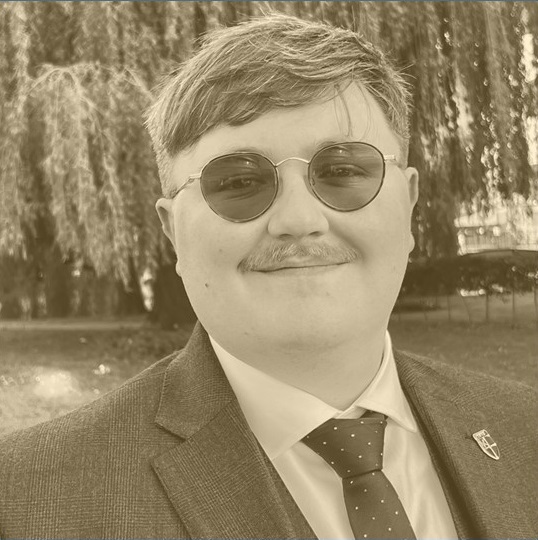
Zachary Hawkhead - PhD student
UNIVERSITY OF DURHAM
Zachary Hawkhead joined the Skyrmion Project in October 2018.
Zachary works under the supervision of Tom Lancaster using density functional theory to study the properties of magnetic materials.
These calculations have been used to support experimental measurements performed by other members of the Skyrmion Project, leading to several publications in scientific journals.
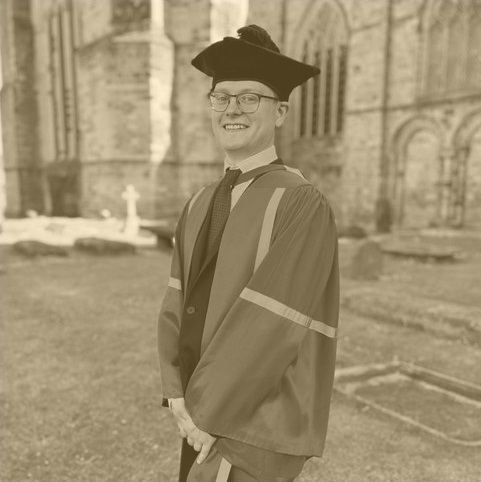
Dr Thomas Hicken - PhD Student
UNIVERSITY OF DURHAM
Dr Thomas Hicken joined the Skyrmion Project as a PhD student in October 2017.
They worked under the supervision of Professor Tom Lancaster at Durham University using muon-spin spectoscopy to investigate materials hosting topological magnetic states, including skyrmions.
During the PhD we found that muon-spin spectrscopy is an excellent probe of the skyrmion state, being sensitive to dynamics in the MHz range that are inaccessible by other techniques. This led to the discovery that the skyrmion has significantly more dynamics on the MHz timescale than other magnetic phases in these materials. Through study of this response, we were able to show that in multiple system disorder induced by chemical substituion helps stabilise the skyrmion phase. We also made advances in understanding the nature of both the skyrmion-hosting materials under pressure, and of other magnetic states such as solitons.
Thomas graduated with a PhD in 2021. They are currently a postdoctoral research associate at Royal Holloway, University of London, where they are studying the effect of chemical substitution on magnetically frustrated systems.
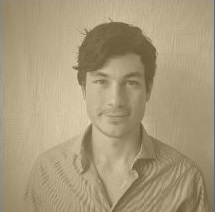
Dr Sam Holt - PhD student
UNIVERSITY OF WARWICK
Dr Sam Holt joined the Skyrmion Project in 2017 after completing his undergraduate degree in Physics at the University of Warwick.
Sam’s PhD at the University of Warwick was supervised by Professor Geetha Balakrishnan, during which he synthesised and studied polycrystalline, single crystal, and nanocrystalline skyrmion hosting materials. He was awarded the prize for the best thesis by a Science Faculty student at Warwick in 2021. Sam published a variety of work including establishing the ground state magnetic properties and the magneto-structural relationships in GaV4S8-ySey, the interplay between the presence of skyrmions and Zn doping in Cu2OSeO3, and investigations into the magnetism of nanoparticles of Cu2OSeO3. During his PhD he also started working on computationally simulating experimental magnetic techniques, work which he has carried on in his new position at the University of Southampton.
After graduation, Sam took up a Research Fellowship position in the Skyrmion project in 2021 at the University of Southampton, working with Hans Fangohr. He researchers techniques in computational magnetism including developing the Ubermag micromagnetic simulation software During his time at Southampton he has developed the Python software package mag2exp which aims to help bridge the gap between computational and experimental magnetism by enabling realistic virtual experiments to be performed on computational magnetic structures.
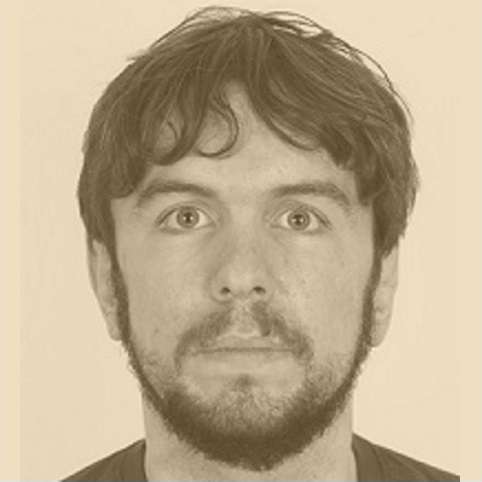
Dr Ben Huddart - Research Fellow
UNIVERSITY OF DURHAM
Dr Ben Huddart joined the Skyrmion Project in April 2020 after completing a PhD in Physics and Postdoc at Durham University.
Ben works under the supervision of Professor Tom Lancaster and Professor Peter Hatton at Durham University to investigate skyrmion-hosting hosting systems using facilities-based experimental techniques, including muon-spin spectroscopy and x-ray scattering. .
Ben continues to develop techniques involving the calculation of muon stopping sites in condensed matter using density functional theory, which formed the basis of his PhD work. These calculations have enabled additional insight to be gained from muon-spin spectroscopy experiments on a range of systems exhibiting magnetism and related phenomena, with a recent highlight being the demonstration that the magnetic fields detected in several unconventional superconductors are intrinsic to the system itself, and not the result of a muon-induced distortion.
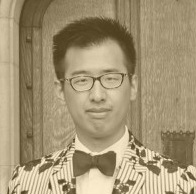
Dr Jieyi Liu - Research Fellow
UNIVERSITY OF OXFORD
Dr Jieyi Liu joined the Skyrmion Project in 2022 after having spent 3 years as a postdoc at the University of Oxford. His research has been focused on novel electronic structures and magnetic properties of magnetic topological materials. He completed his PhD in Physics at the University of Cambridge in 2019 where he studied magnetic topological insulators and semiconductor-based spin transport devices through magneto-optic Kerr effect microscopy.
He works under the supervision of Prof. Thorsten Hesjedal using his expertise in Kerr microscopy to explore the dynamics of skyrmions.
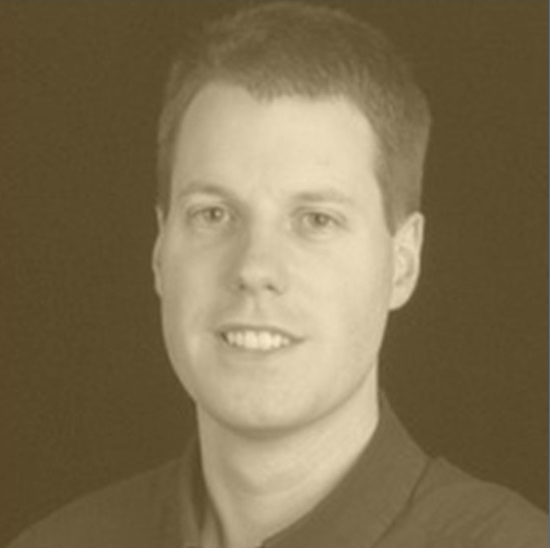
Dr James Loudon - Research Fellow
UNIVERSITY OF CAMBRIDGE
Dr James Loudon is a Senior Research Associate and joined the Skyrmion Project in 2017.
He works with Professor Paul Midgley and Dr Alison Harrison at the University of Cambridge to image magnetic skyrmions using electron microscopy.
His work has included the development of new methods to make a quantitative comparison between simulated and experimental images. As a result he was able to show that a newly identified quasiparticle called a 'biskyrmion' was a type-II magnetic bubble: an object known since the 1970s [J.C. Loudon et al., Advanced Materials 31, 1806598, 2019].
He has also published work on the magnetic structures that occur in 2D van der Waals magnets magnetic solitons in layered magnets and the effects of geometrical confinement on skyrmions.
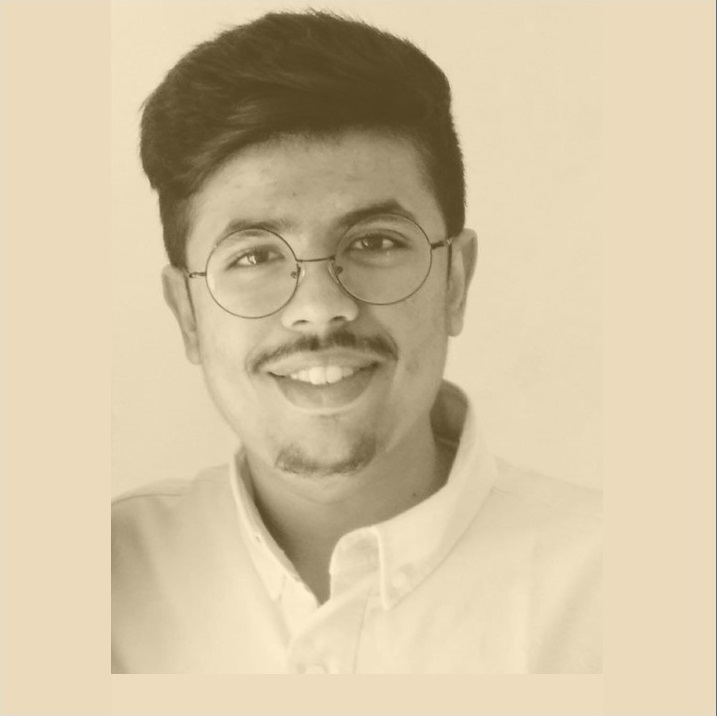
Dr Swapneel Amit Pathak - Research Fellow
UNIVERSITY OF SOUTHAMPTON
Dr Swapneel Amit Pathak joined the Skyrmion Project in April 2022 after obtaining Ph.D. in Physics from IPCMS, University of Strasbourg. Swapneel presently works with Hans Fangohr at the University of Southampton to develop and maintain Ubermag which exposes the finite difference based micromagnetic computational tools such as OOMMF and MUMAX3 to Python ecosystem and integrates it with Jupyter. Leveraging the Python ecosystem, he is also exploring different Machine Learning techniques, for example, to cluster simulation data, infer micromagnetic material parameters from experiments etc.
Further, through computational studies, he is investigating the effects of exposing non-centrosymmetric ferromagnets to vortex laser pulses, which includes formation of chiral magnetisation configurations and magnon transport.

Dr Ales Štefančič - Research Fellow
UNIVERSITY OF WARWICK
Dr Ales Štefančič joined the Skyrmion Project in 2016 after completing his PhD in Chemistry at the University of Durham.
Ales work with Professor Geetha Balakrishnan at the University of Warwick to prepare both polycrystalline samples and grow single crystals of skyrmion hosting materials.
These materials were made available for study to other members of the Skyrmion Project and were also shared more widely with the scientific community contributing to, to date, over 20 publications in refereed journals.
Ales left the Skymion Project in 2019 after completing his 3 year Research Fellowship to take up a position as a Research Scientist at the Paul Scherer Institute (PSI) in Switzerland. Ales subsequently moved to work for Excelsus Structural Solutions, a spin-off company of the PSI.
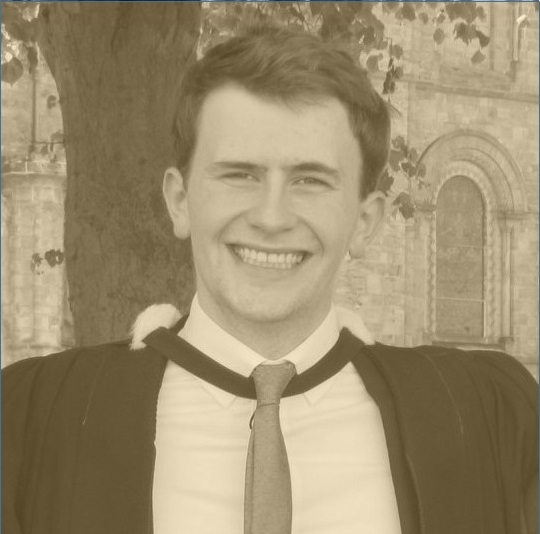
Dr Luke Turnbull - PhD student
UNIVERSITY OF DURHAM
Luke Turnbull joined the Skyrmion Project in 2018 as a PhD student in the Centre for Materials Physics at Durham University, working under the supervision of Professor Peter Hatton.
His PhD focused on using resonant soft x-ray imaging methods at x-ray synchrotron facilities to image topological magnetisation states in single crystal lamellae of chiral magnetic systems. This included studies on systems reported to host biskyrmion, antiskyrmions and other exotic spin textures. His experimental work has led to several publications with collaborators in and beyond the Skyrmion Project.
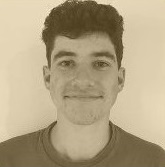
Dr George Wood - PhD student
UNIVERSITY OF WARWICK
George joined the Skrmion Project as a PhD student in 2020 under the supervision of Professor Geetha Balakrishnan, after completing a Master of Physics (MSci) degree at the University of Bristol.
His PhD focused on understanding the formation of skyrmions in centrosymmetric materials.
George used arc melting, the flux method, chemical vapour transport, or the floating zone method to grow single crystals.
He then used x-ray and neutron diffraction for structural characterization and low-temperature magnetometry, electronic transport and heat capacity measurements for macroscopic characterization of samples. To understand the microscopic nature of the magnetism in these materials he also used techniques such as resonant elastic x-ray scattering at central facilities such as Diamond.
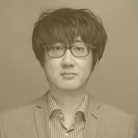
Professor Shilei Zhang - Research Fellow
UNIVERSITY OF OXFORD
Shilei Zhang received his BEng and MEng degrees in Materials Physics from the University of Science and Technology Beijing. As a visiting scientist in Oxford's Clarendon Laboratory, he worked on magnetic devices, before joining in 2012 as a DPhil student in physics under the supervision of Prof Thorsten Hesjedal. He joined the Skyrmion Project in 2016 right at the beginning and continued as a PDRA until 2018. He is now a Professor of Physics at ShanghaiTech University.
During his time in Oxford, he has developed novel resonant elastic x-ray scattering (REXS) techniques, which allow the magnetic structure, including the long-range order and domain formation, as well as microscopic skyrmion parameters, to be measured across the full range of length scales. Most importantly, using circular dichroism in REXS, the internal structure of a given skyrmion, the topological winding number, and the skyrmion helicity angle were all unambiguously determined. While being a member of the skyrmion project, he has published more than 30 ground-breaking papers on skyrmions.
